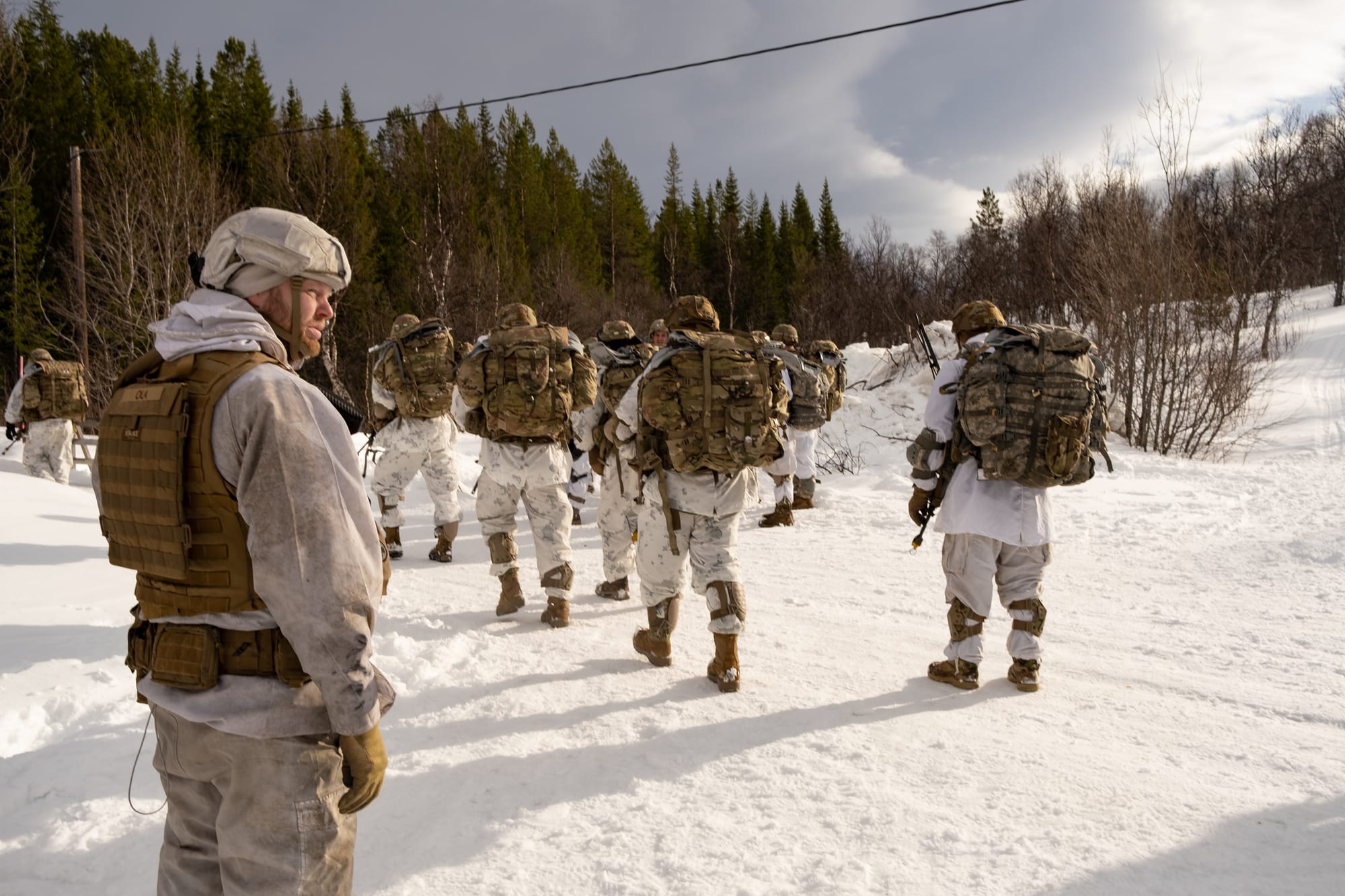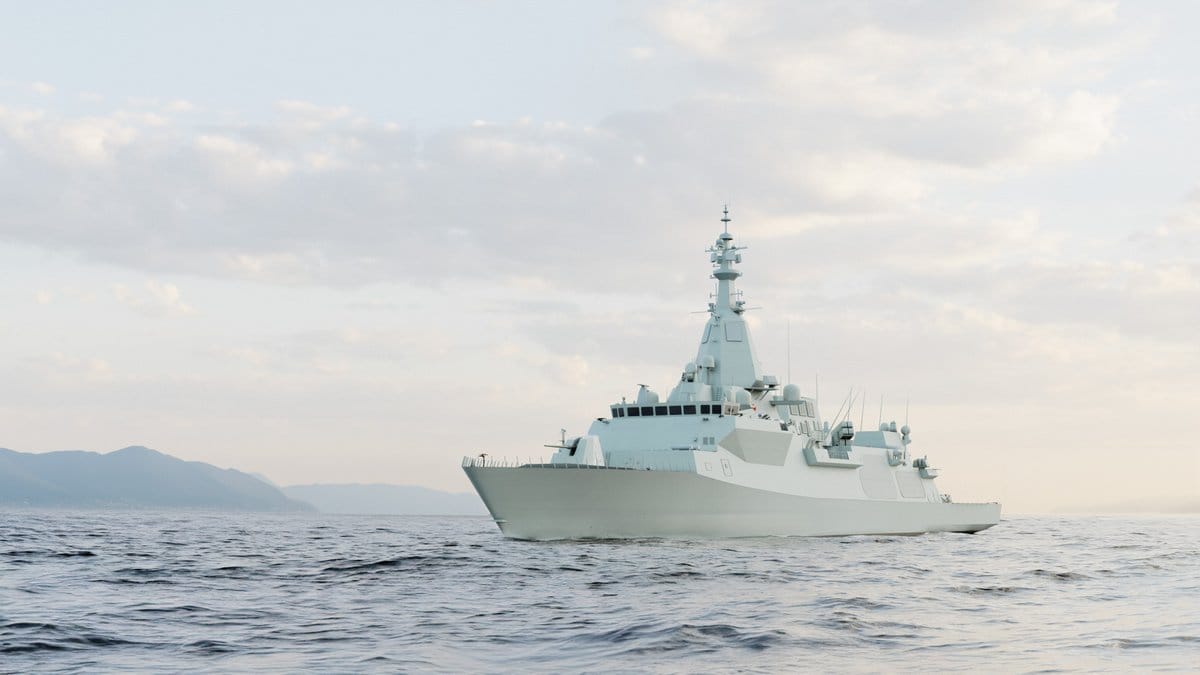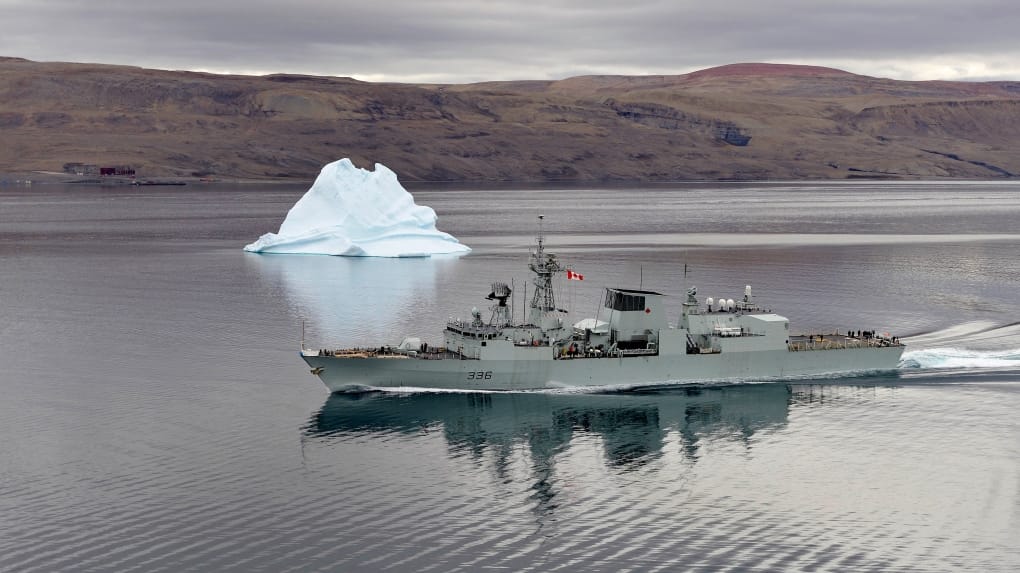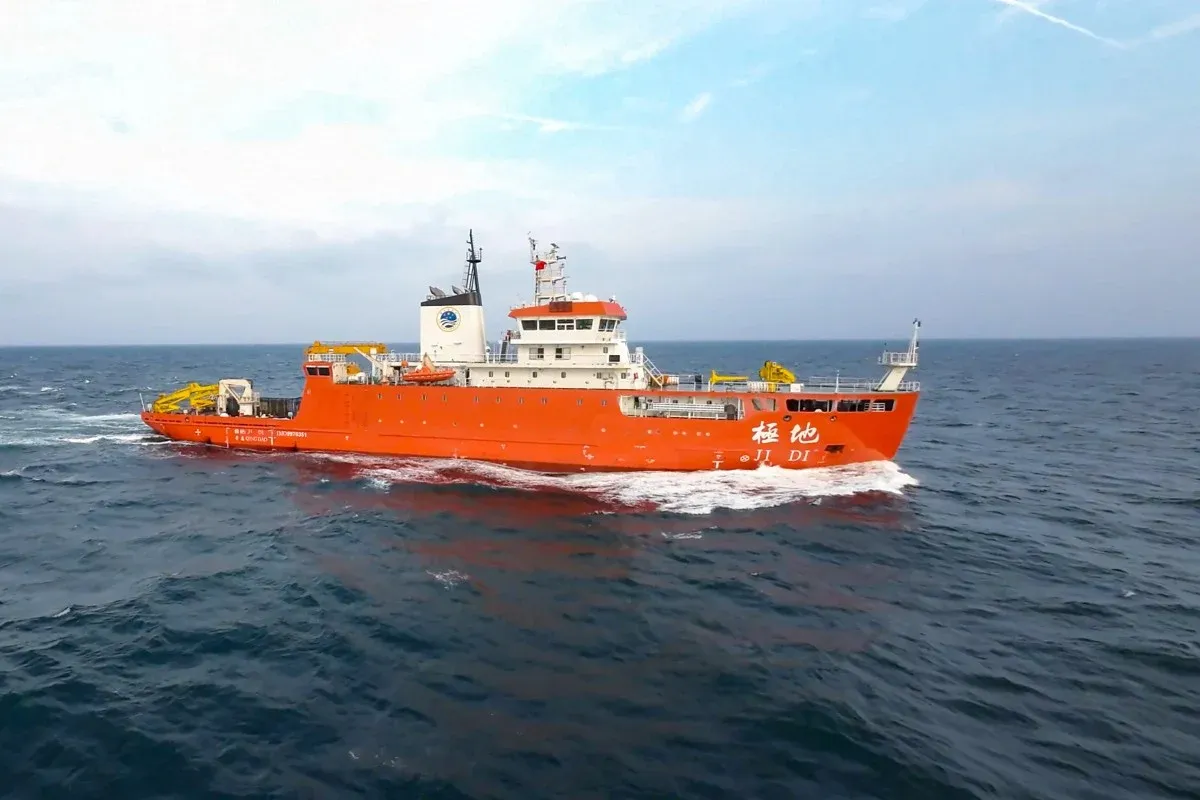The Arctic Debrief: Norway, Sweden, and Finland agree to shared military corridor
In this edition of The Arctic Debrief: Canada, Germany and Norway discuss strategic pact; US sanctions future Russian energy projects; and Canada to hit 2% NATO GDP goal thanks to investments in Arctic security

In this edition:
- Norway, Sweden, and Finland agree to shared military corridor
- Canada begins construction of new 'River-class' destroyers
- Renewed port and road project to improve accessibility of mineral-rich Arctic territory in Canada
- Fourth vessels joins China's icebreaker fleet
Latest Developments
Norway, Sweden, and Finland agree to shared military corridor

Norway, Sweden, and Finland reached an agreement to establish an Arctic military transport corridor. The corridor will be used to quickly move troops, vehicles, and equipment to a potential front-line in Finland in the case of a Russian invasion.
The agreement grants the militaries of the three Nordic states free access through a designated route in the northern regions of these countries. The purpose of the route is to provide a quick and direct access road between Norway's Arctic ports and Finland.
In addition to Russia's invasion of Ukraine rising tensions in the region, Russia has increased its military presence in the Arctic and has undertaken multiple exercises close to the waters of the Nordic nations.
US has also signed separate agreements with Norway, Sweden, and Finland to increase the US Army's presence in these countries. For example, Norway's parliament granted the US military permission to use several military bases to store equipment and station troops and vehicles including aircraft.
Canada begins construction of new 'River-class' destroyers

Construction has begun on the Canadian Surface Combatant project, according to the country's National Defense Minister Bill Blair. The ships will be designated as a River-class destroyer and will replace Canada's aging fleet of Halifax-class frigates.
The $60 billion (CAD) project promises to deliver 15 new warships for the Royal Canadian Navy by 2050. The vessels will be based on the BAE type 26 Frigate, a vessel used by the British navy. The first ship is expected to enter service in 2035 at the earliest.
The destroyers will protect Canadian sovereignty in the Arctic and assist allies around the world such as the Indo-Pacific region.
Renewed port and road project to improve accessibility of mineral-rich Arctic territory in Canada

A project to construct a deep-water port in Grays Bay, N.W.T., has been revived by the West Kitikmeot Resources Corp. The proposed port would be able to load post-Panamax class container ships and military vessels. The project also includes a road connecting the region directly to southern Canada.
The proposed port and road would connect a mineral-rich Arctic region to the rest of Canada and the world. It could also double as a location for the military to dock at, which it currently severely lacks.
In addition to that project, the federal government is expecting to complete construction of a long-overdue refueling station on Baffin Island. The $115 million project is expected to begin servicing ships by the end of 2024. However, the project is nearly a decade past when it was supposed to be finished.
Canada lacks proper infrastructure in its Arctic region, which makes it difficult to patrol and surveil. The federal government has promised to invest in the region's infrastructure in its latest defence budget, but no such projects have been announced.
Fourth vessels joins China's icebreaker fleet

China's Ministry of Natural Resources received the new icebreaker, 'Jidi,' making it the fourth next-generation icebreaker developed and constructed in China.
The ship will be used for polar expedition during the summer months. It will deliver supplies to China's Arctic and Antarctic expeditions and conduct scientific research. Additionally, the ship may be used for emergency situations during disasters or search and rescue efforts in icy-seas.
Jidi (meaning polar region) joins the Xuelong-1 and Xuelong-2 (translating to ice dragon) in making up the main icebreaking fleet of the CCP. This vessel is only capable of traversing 1m thick ice.
However, China is developing nuclear-icebreakers capable of traveling through the Arctic nearly year-round. They are developing these capabilities to enable more travel through Russia's Northern Sea Route.

